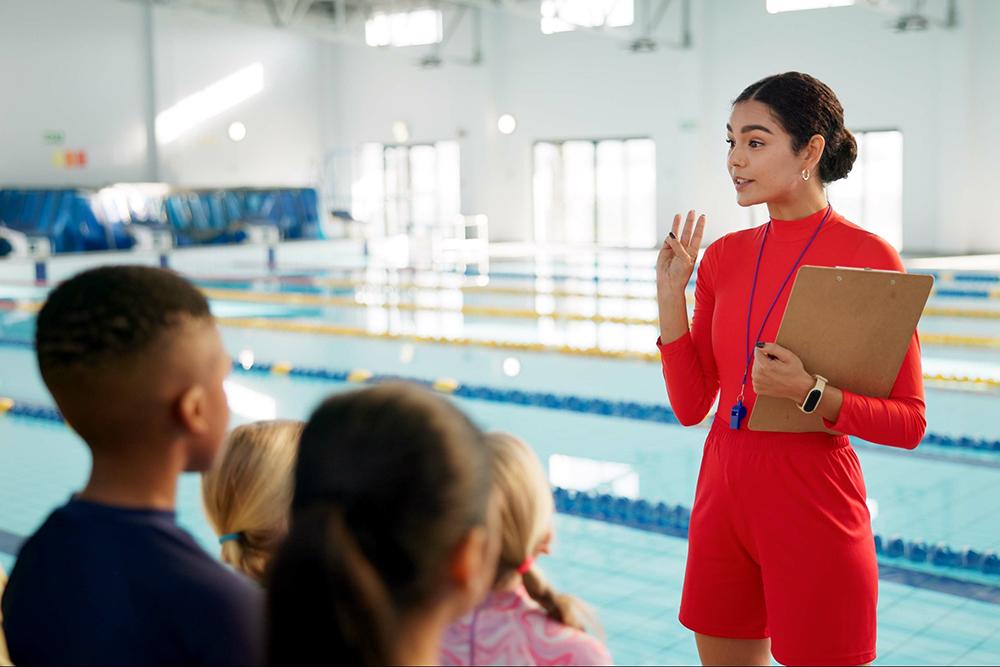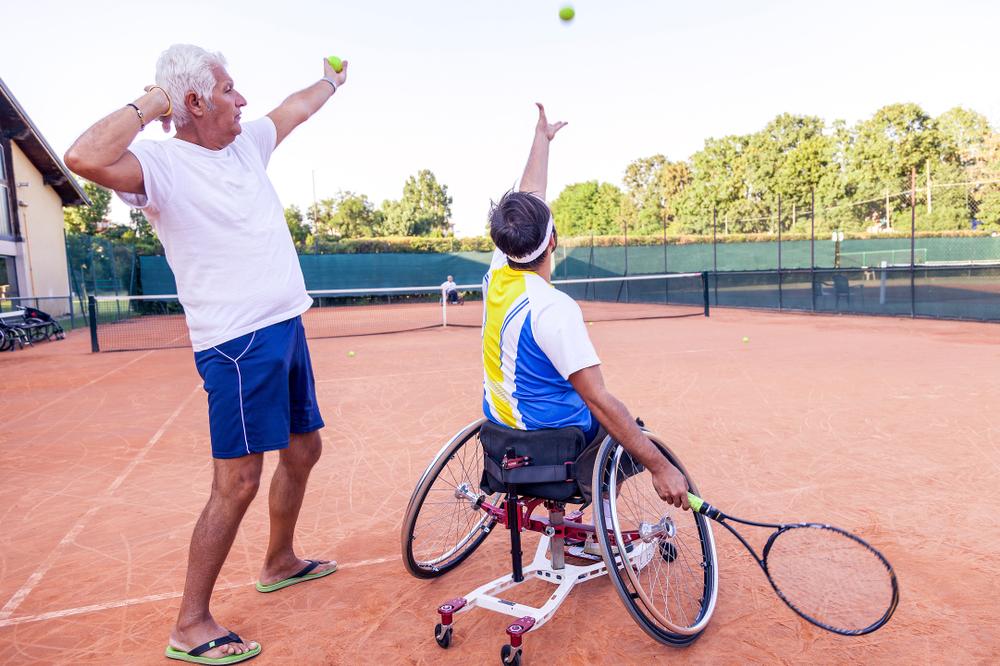 Creating a positive team culture where athletes are excited to show up for practice and game day isn’t as simple as staying relentlessly positive when interacting with your athletes. Team cultures are built over time and can have a huge impact on your athletes, both in-season and moving forward in the sport.
Creating a positive team culture where athletes are excited to show up for practice and game day isn’t as simple as staying relentlessly positive when interacting with your athletes. Team cultures are built over time and can have a huge impact on your athletes, both in-season and moving forward in the sport.
As a registered psychologist practicing in Calgary, Alberta, Tasha Belix works with sports teams, coaches, athletes, parents, and her own daughters and Brownie troop to create positive cultures. Below, she shares five ways you can do the same with your team.
1. Create a Unique, Fun Team Culture
Most teams don’t have a negative culture, but they also don’t have a positive team culture either. Developing a team culture that’s unique and fun won’t happen if you just go through the motions of holding a team practice and requiring your team to show up at games.
Belix encourages coaches to “make an effort to develop a unique and fun team culture.” Coaches can start by “talking about games that didn’t go well and figuring out how to use positive psychology to work around that.” Or, coaches can even be more intentional about having fun at practices. For example, coaches can sprinkle in alternative practices, like going to play at a community pool instead of swimming laps.
2. Ask the Right Questions
As a coach, always ask yourself questions about the team. Belix suggests a few to get started thinking critically about culture:
- How do we make this team a safe place for people to speak openly?
- How do we foster team camaraderie?
- How do we make practice fun?
- How can we make this a space where people enjoy coming and want to be here?
Make sure you’re giving your athletes a voice. Belix adds that oftentimes a coach tries to fix everything themselves, but the athletes can and should be the ones helping to create a positive team culture.
3. Encourage Feedback
“During the season, create a way for athletes to give you honest feedback. I like doing this anonymously: Have all of the athletes sit down with index cards and pens, and have everyone write down their comments for you,” says Belix.
Tell your athletes that their comments can be negative or positive. This is a great way to make sure that athletes have a chance to share their concerns without fear of being singled out. Don’t wait until the end of the season to do this. Belix adds, early in the season or mid-season is better since you can make tweaks and changes before the season is over.
4. Tailor Your Coaching Style to Your Team’s Needs
You might think you’re doing everything right, says Belix, but there may be an athlete on your team who doesn’t respond well to your coaching style. Especially with adolescents, you may need to make an effort to coach certain players differently.
“I knew one coach who got a critique from one of his athletes, and he hadn’t realized that his tough-love coaching style was hurting her feelings and she was considering quitting the team,” she recalls. “He was a super passionate coach and loved the sport, and he was devastated to realize that he’d been unintentionally making an athlete feel bad. It changed his coaching style, and now he regularly asks for that anonymous feedback to make sure all of his athletes are doing well and feeling supported.”
5. Be Aware of Cliques
“Coaches can work behind the scenes to avoid cliques forming by doing things like randomizing room assignments on trips, choosing partners by alphabet or height, and keeping things mixed up so no one is singled out as being ‘split up.’ Shake things up so athletes have to get to know each other better,” says Belix.
Remember, shy athletes may need prompts when interacting with new people, so preparing team icebreakers will help those quieter kids feel less stressed about chatting. For example, prep three questions to discuss during a bus trip after randomizing the seating.
_____
If you find that your team isn’t fun and people don’t want to be there, it’s time to make a change.
Remember: “Building a positive culture won’t happen right away,” says Belix. “If your current team culture isn’t as positive as you’d like it to be, start taking small steps like asking for comments from your athletes, helping the team foster deeper friendships, and dedicating time to create fun during practice.
For young athletes, it’s not about winning or even about learning skills – it’s about building self-esteem and friendships and the other intangibles.”



